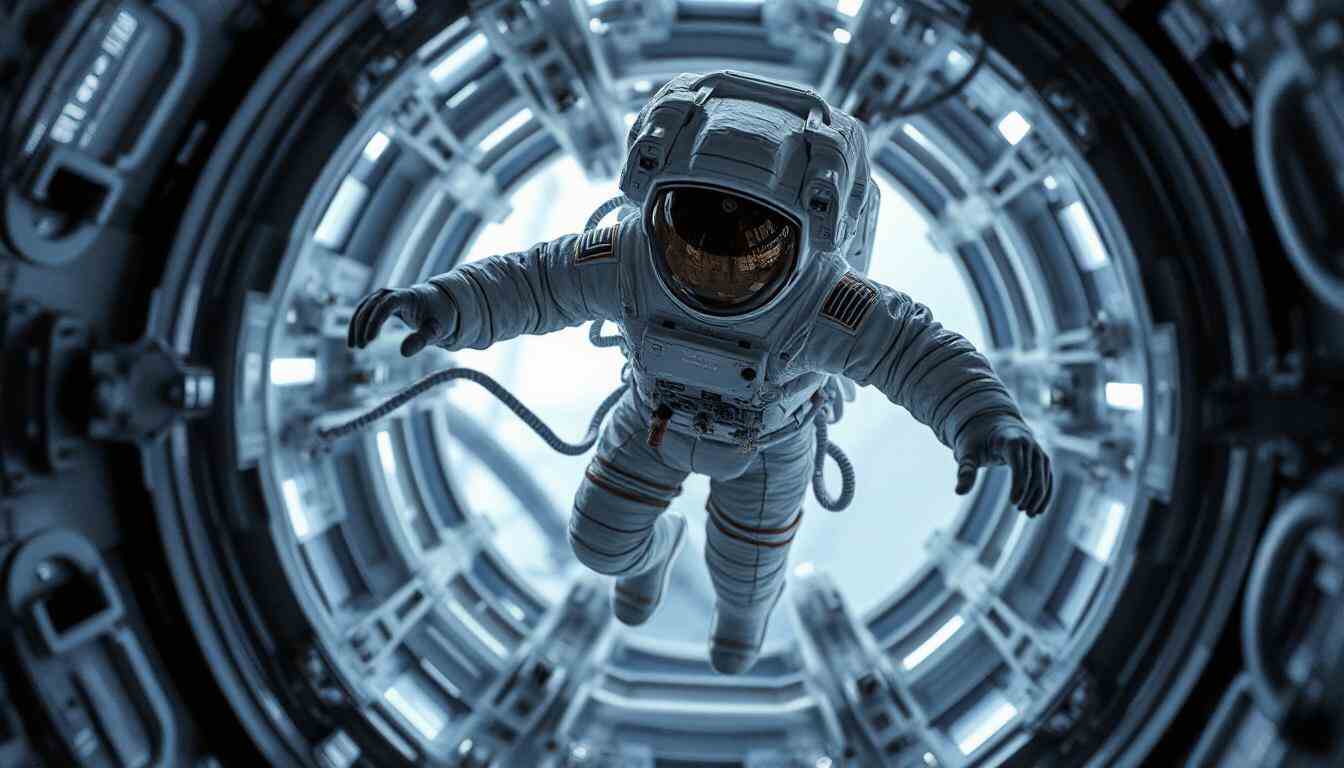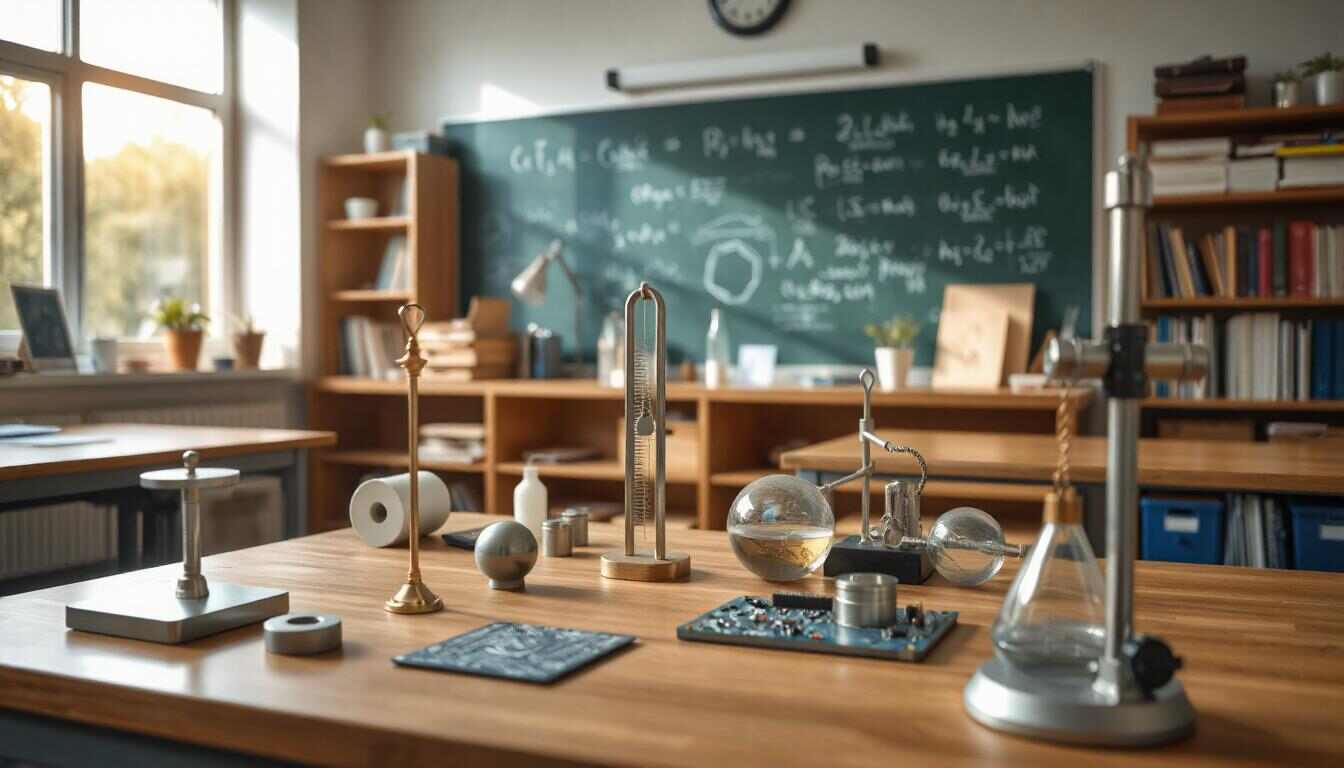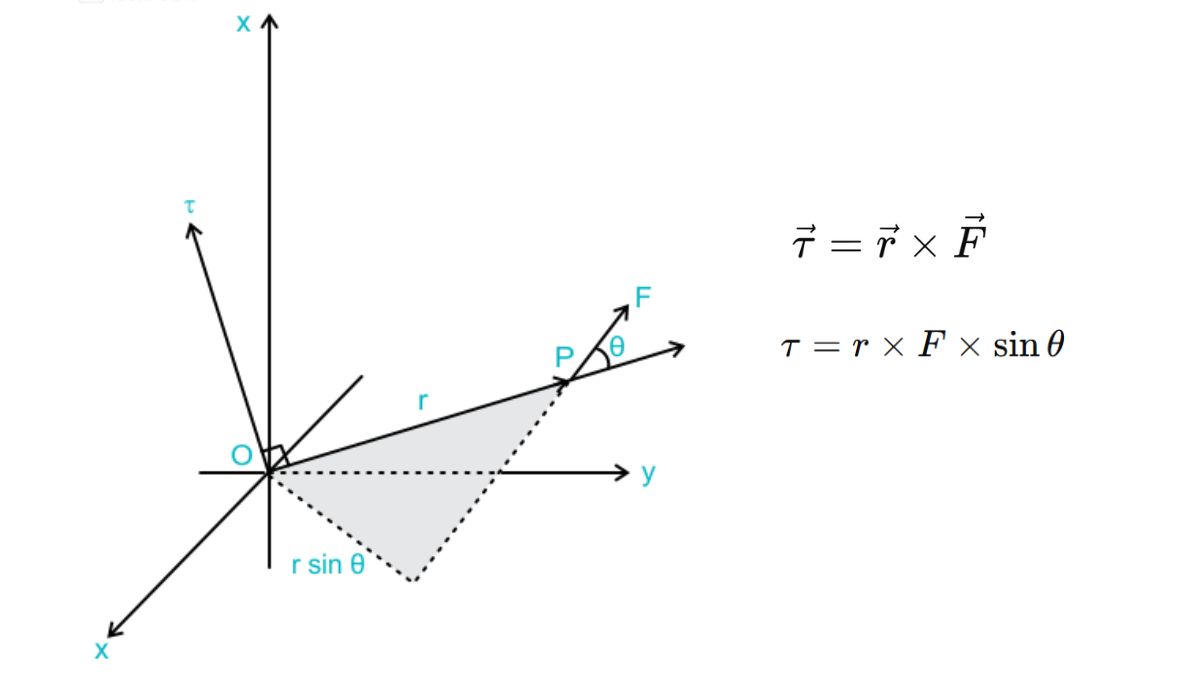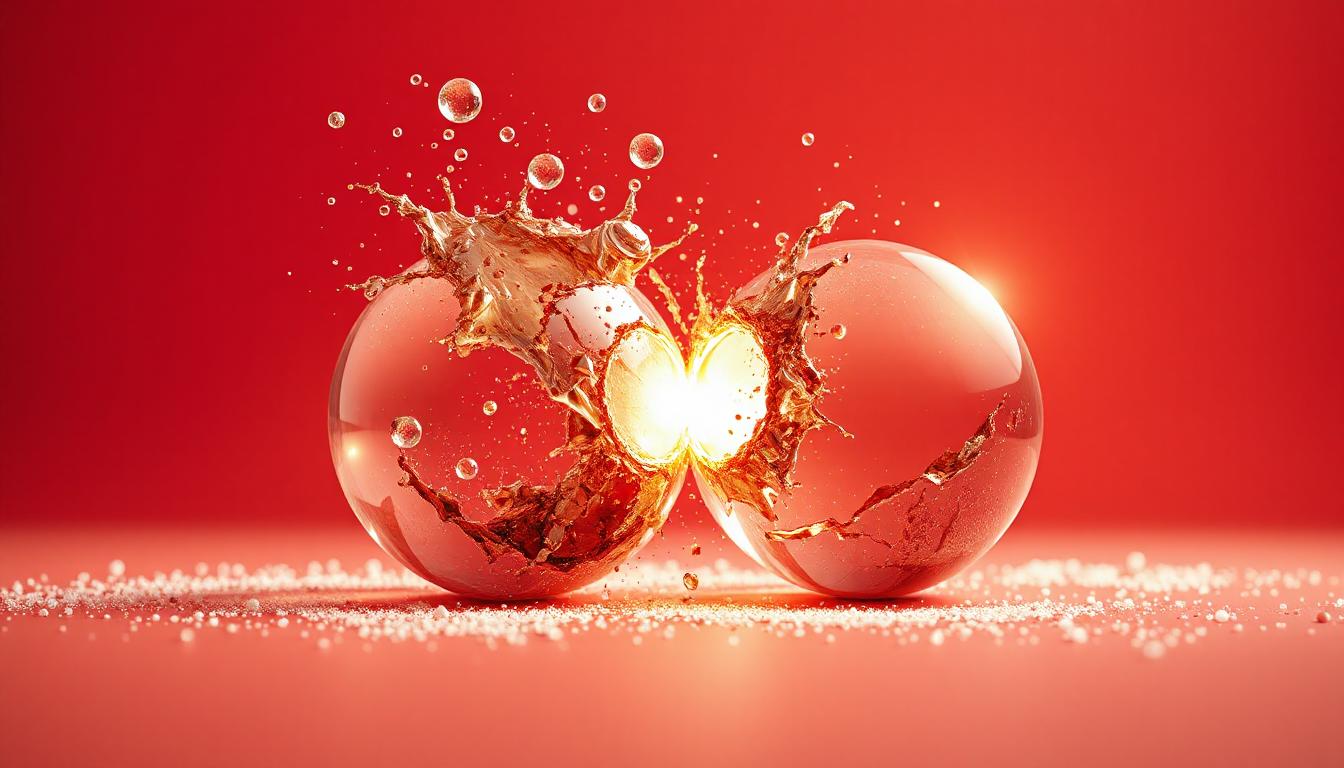Introduction
Have you ever wondered why astronauts float effortlessly inside the International Space Station (ISS)? This phenomenon is due to microgravity, a condition of near-weightlessness that occurs in space. Understanding microgravity is crucial not only for space exploration but also for scientific advancements that can benefit life on Earth.
In this post, we’ll explore what microgravity is, how it affects objects and living organisms, and why studying it is essential.
What Is Microgravity?
Microgravity refers to an environment where the force of gravity is not zero but is significantly less than on Earth’s surface. The term “micro” implies that gravity is reduced to a tiny fraction of its usual effect, typically one-millionth (1×10⁻⁶) of Earth’s gravitational force.
The Science Behind Microgravity
Despite common misconceptions, gravity exists everywhere in space. Objects in orbit around Earth, like the ISS, experience microgravity because they are in a constant state of free fall towards the planet. However, their tangential velocity keeps them orbiting instead of crashing down, creating an environment where the effects of gravity are minimal.
Causes of Microgravity
Free Fall and Orbiting Objects
When an object is in free fall, it experiences microgravity because all parts of the object are accelerating equally under gravity. In orbit, spacecraft and their occupants are perpetually falling towards Earth but moving forward fast enough to miss it, resulting in continuous free fall.
Distance from Massive Bodies
Gravity decreases with distance. In deep space, far from planets and stars, gravitational forces are weaker, contributing to microgravity conditions.
Effects of Microgravity
On the Human Body
- Muscle Atrophy: Without the need to fight gravity, muscles, especially in the legs and back, weaken over time.
- Bone Density Loss: Bones lose minerals, becoming weaker and more brittle—a condition similar to osteoporosis.
- Fluid Redistribution: Bodily fluids shift towards the head, causing facial puffiness and vision problems.
- Cardiovascular Changes: The heart doesn’t have to work as hard, which can lead to decreased cardiovascular fitness.
On Physical Phenomena
- Combustion: Flames become spherical and less efficient due to the lack of convection currents.
- Fluid Behavior: Liquids form spherical droplets and don’t mix as they do on Earth.
- Crystallization: Crystals can grow more perfectly, benefiting materials science research.
Importance of Studying Microgravity
Advancements in Medicine
Research in microgravity helps scientists understand osteoporosis, muscle wasting diseases, and fluid distribution in the body, leading to better treatments.
Technological Innovations
Materials and processes developed in microgravity can lead to superior semiconductors, alloys, and pharmaceuticals.
Space Exploration
Understanding microgravity is essential for long-duration space missions, such as traveling to Mars or establishing lunar bases.
Microgravity Environments on Earth
While true microgravity can’t be replicated on Earth, scientists use methods like:
- Parabolic Flights: Aircraft fly in parabolic trajectories to create short periods (about 20-30 seconds) of microgravity.
- Drop Towers: Objects are dropped in a vacuum shaft, experiencing free fall for a few seconds.
- Neutral Buoyancy Pools: Astronauts train underwater to simulate the feeling of weightlessness.
Challenges and Countermeasures
For Astronauts
- Exercise Regimens: Astronauts follow strict workout routines to combat muscle and bone loss.
- Nutrition: Specialized diets help mitigate health issues caused by microgravity.
- Medical Monitoring: Continuous health assessments ensure early detection of problems.
For Equipment
- Design Adaptations: Tools and equipment are modified to function without gravity—for example, using velcro and magnetic fasteners.
Future of Microgravity Research
The continued study of microgravity holds promise for:
- Space Tourism: Making space travel accessible requires understanding how microgravity affects non-professional astronauts.
- Colonization: Establishing habitats on the Moon or Mars necessitates solutions to long-term microgravity exposure.
- Scientific Discoveries: Ongoing experiments may lead to breakthroughs in physics, biology, and chemistry.
Conclusion
Microgravity offers a unique environment for scientific discovery and technological advancement. By studying its effects, we not only prepare for the future of space exploration but also unlock innovations that can improve life on Earth.
Frequently Asked Questions (FAQs)
What is the difference between microgravity and zero gravity?
Zero gravity implies the complete absence of gravitational forces, which is practically impossible. Microgravity means gravity is present but its effects are minimal.
How do astronauts sleep in microgravity?
Astronauts sleep in sleeping bags attached to walls to prevent them from floating around. They can sleep in any orientation due to the lack of gravity.
Can microgravity affect plants?
Yes, microgravity affects plant growth and development, impacting processes like root orientation and nutrient uptake.
References
- NASA – Microgravity
- European Space Agency – Microgravity Research
- Scientific American – Life in Microgravity
By understanding microgravity, we not only unlock the secrets of space but also gain insights that can lead to groundbreaking advancements on Earth.




